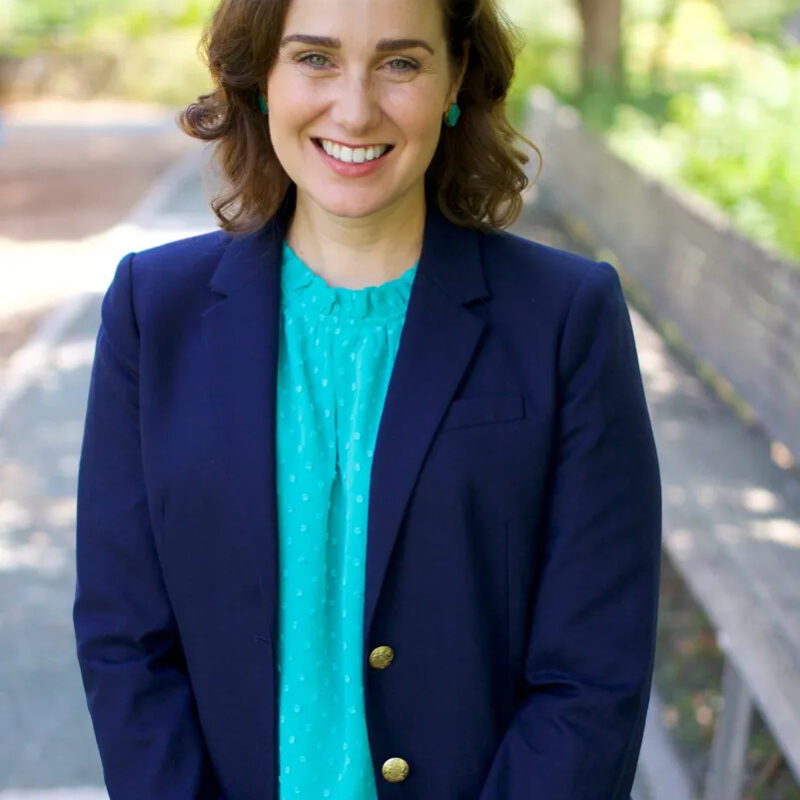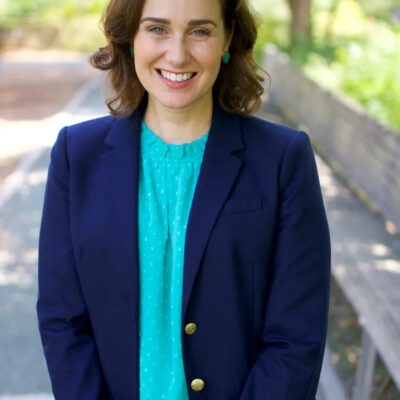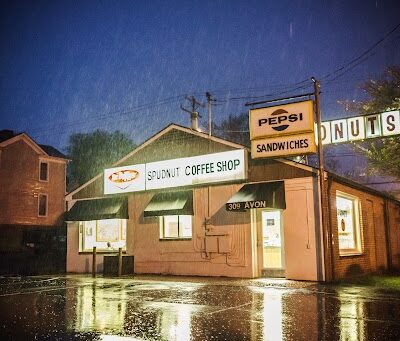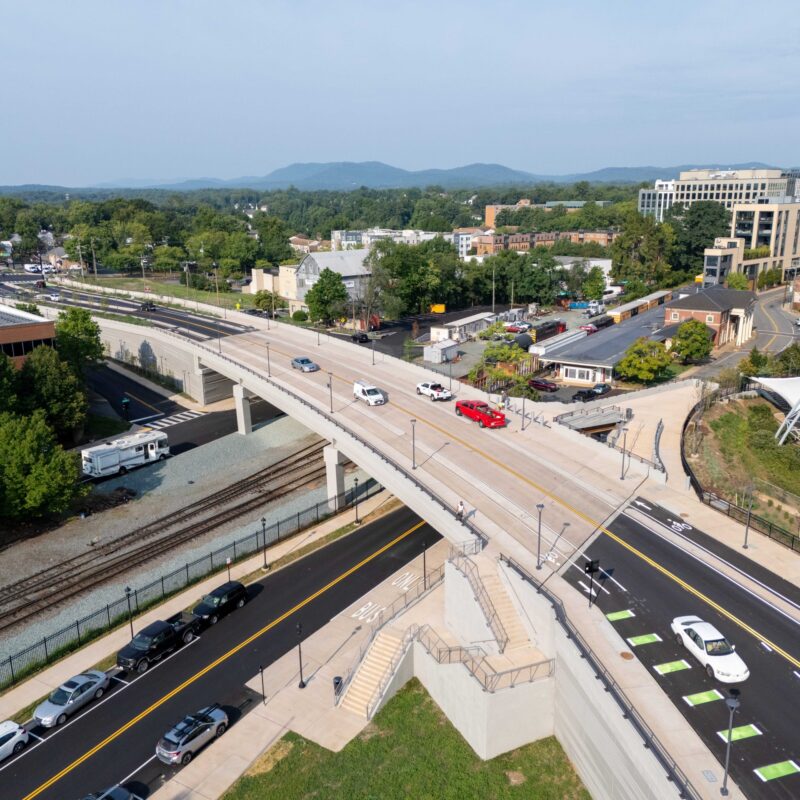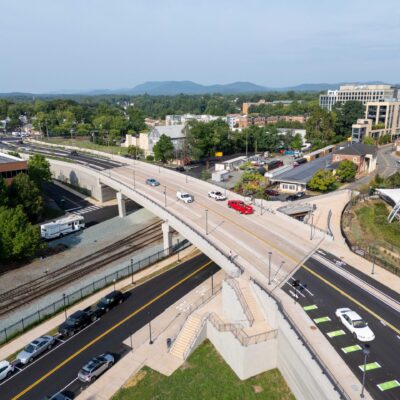art
Photography’s a multifaceted world these days, and it certainly looks that way at Migration‘s invitational show. There is traditional black-and-white work; there is vivid computer-manipulated fantasy; there is work that puts its conceptualism at the fore. But it’s not really because of these many approaches that the show feels like such a crazy quilt; rather, it’s because some of the pieces are simply more successful than others.
 Carrying the torch for photography: Migration alternately burns out and fades away in its current exhibit, "We All Live in Bordertowns." (Pictured: Joachim Knill’s "Liberty"). |
One positive standout: Becky Cohen’s two medium-format black-and-white images taken in Paris’s Parc de Sceaux. These look at first glance like fairly straightforward records of a genteel landscape, but a subtle surrealism, a response to the human design of the scenery, soon emerges. In one, a remarkably straight line formed by a receding row of trimmed trees is echoed by the nearby corner of a heavy stone building; this moment of geometric coincidence is permanent in that it would be possible to see at any time, but fleeting in that one would have to stand in this exact spot to notice it. In the other image, a large fountain pool—the fountain silent for the moment—becomes a blank, flattened oval within the dimensional landscape of paths and soft, grassy fields.
Sophisticated work like this rings oddly next to sentimental ventures like Craig Meacham’s Cuban streetscape, with the requisite crumbling plaster, rustic doors and leaning bicycle. Alan Dehmer’s "Homage," too, feels somehow flat despite its stylish veneer: a young person, maybe a boy, crouches in a doorway, his head encased in a giant white mask whose chin extends halfway down the boy’s chest. The mask’s hollow eyes and the photograph’s painterly red-orange tones are worthy of a pretty good album cover, but fail to inspire a lingering interest.
Still, the strong work holds its own. Bill Emory, one of several local artists represented in the show, contributes a clever landscape (a shorn cornfield) that includes a laptop with an image of tall corn on its screen. Peter Filene shows images from an interesting double-exposure project conducted in major art museums, in which a visitor is superimposed on the Cubist-rendered figure she studies, as though literally absorbed in looking at art. And Joachim Knill builds a tiny universe from scraps of fabric and plastic doll legs: a deliciously colorful, vaguely naughty world somewhere between sci-fi and DIY. There’s a sense of joyful possibility in all this variety, only somewhat mitigated by the evident reality that some possibilities just don’t work out as well.
